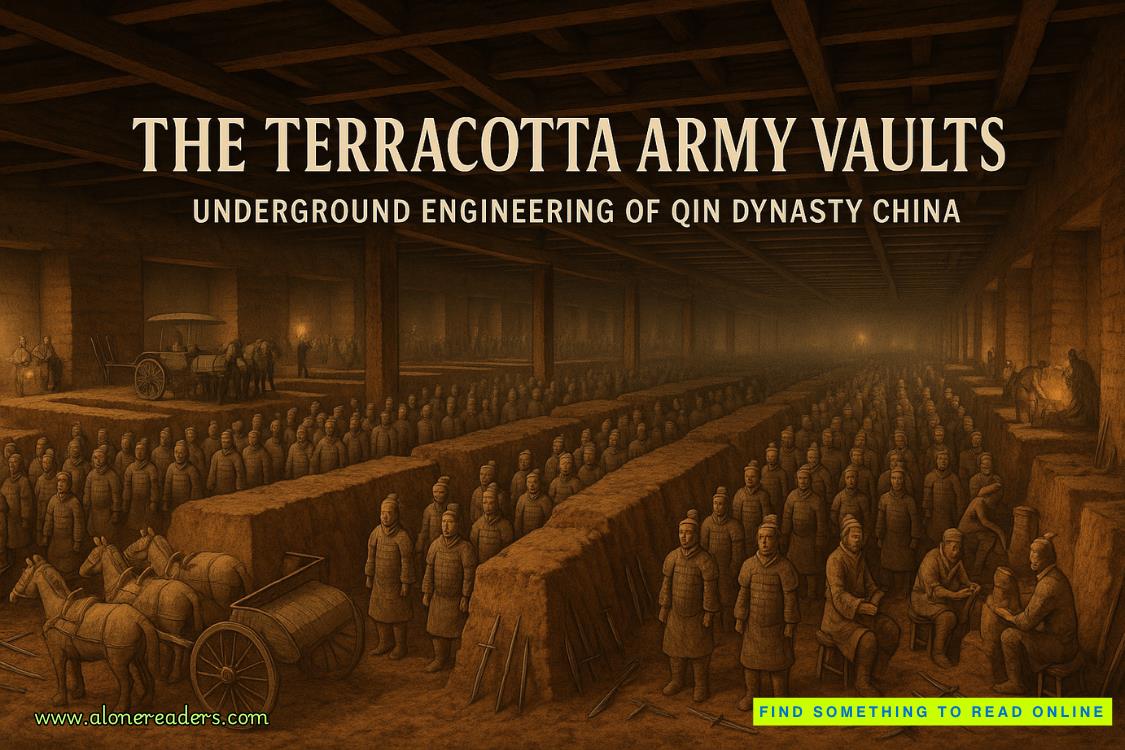Page 2 of The Unstoppable Wasp
She turned her focus back to Monica. “Why are you doing this?” Nadia yelled at the woman, zipping to the other side of the tower. “I’m pretty sure this isn’t what Tesla had in mind!”
Monica was right; the death ray was, in fact, more properly called a Teleforce. It had come from the mind of Nikola Tesla, an electrical engineer in the early twentieth century who we mostly have to thank for modern electricity in our walls (big win for humanity). Nadia liked Tesla because he was a Serbian American scientist and she was a Hungarian-and-kind-of-Russian American scientist and that, she felt, made them kind of similar, in a way.
Tesla also, in the 1930s, invented a death ray (less of a win for humanity).
Or, sorry, the Teleforce. Tesla never actually built one (or if he did, no one ever saw it), but he did describe his plans for a charged particle-beam superweapon in great detail in a treatise called The New Art of Projecting Concentrated Non-Dispersive Energy through Natural Media, which is a very scientist way of saying I Figured Out How to Make a Death Ray.
It was designed to exude a massive electrical force that could shoot out microscopic particles at high speed. Kind of like a giant death flashlight–slash–Van de Graaff generator,* except if you touched this one, instead of making your hair stand on end, it would probably explode your hair out of your scalp with the force of ten thousand suns. When focused into a beam, that force could disrupt the very atoms of whatever creature or machine had the misfortune of being on the receiving end of the death ray.
Teleforce.
No matter what you called it, it was a real day-ruiner, even for someone with as generally sunny a disposition as Nadia.
Still waiting for Monica’s response, Nadia scrutinized the tower. It was definitely not a true Teleforce. There was probably no way to make one of those for real, though she wouldn’t put it past Tony Stark to try. But it definitely was a huge and dangerous electrical generator.
So still a big problem for the people just trying to enjoy their bibimbap.
“Why am I doing this?!” Monica parroted back at Nadia. She was manipulating a control panel at the tower’s base—probably Nadia’s best bet at disrupting the circuitry powering the generator. “Why wouldn’t I do this?!”
“Isn’t that what I asked?” English wasn’t Nadia’s first language, but she was pretty sure she’d been crystal clear there. Nadia tucked her arms into her sides and sped down toward Monica—and the control panel. She landed an arm’s length away from her onetime-potential-future-friend-and-lab-partner-now-evil-scientist.
“Don’t come any closer,” Monica warned. “I can focus these rays right on you.”
“Okay,” Nadia said agreeably, raising her hands in the air. “I’ll stay right here. But only if you turn off the Teleforce. This isn’t going to do A.I.M. any good.”
Monica shook her head and continued to manipulate the controls. “This isn’t for A.I.M. This is for…” She paused. “This is…for me. Because…I want to.”
She sounds unsure about that. Nadia sighed. That seemed like a bad sign. Why were evil scientists always so confusing?
Probably all the evil.
Monica stabbed frantically at the control panel. As she did, a red number display began counting down. “When I’m done here, the entire world will know my name.”
Two minutes. Not good.
The power coming off the Teleforce began to increase in intensity.
“Sure, name recognition. Good reason for evil,” Nadia mumbled, keeping to herself that in her opinion, as far as Super Villain names went, “Monica Rappaccini” wasn’t going to be making any best-of lists anytime soon. It was kind of long, which made snappy banter during fights hard, and only really villainous weirdos used their full names. Even other A.I.M. members had monikers, however underwhelming (Amber Silverstein’s “Seeker”? Really?). “There are innocent people in this neighborhood.” Nadia took a step forward with a hand outstretched. A gesture of peace. “If you want to attempt dangerous experimental science, there’s a better—”
“I said get back!” In an instant, Monica was off the controls and lunging at Nadia.
Fortunately, an instant was all Nadia ever needed.
Nadia saw these things like they were happening in slow motion. Which, thanks to physics, they kind of were. As Monica’s momentum propelled her toward Nadia’s position, Nadia leapt into the air. Held momentarily aloft by her wings, Nadia pressed a small button on her right glove, reachable in an instant but not so clumsily placed that she ever hit it accidentally (well…not often, anyway). The button activated Nadia’s supply of Pym Particles.
NADIA’S NEAT SCIENCE FACTS!!!
My father, Hank Pym, discovered and isolated the subatomic particle he would go on to name for himself, as men do. Proper deployment of the particles allows a subject to change their size and mass, either shrinking to incredibly small sizes or growing to epically large proportions.
The particles bypass many of the usual laws of particle physics, which I found extremely frustrating when I first attempted to re-create his research. As the human body shrinks with the Pym Particles, it becomes much more dense; all that energy is compressed into a tiny ball just waiting to explode. And when it does, it’s ultra-powerful, able to damage even the toughest Super Villains. The body’s excess mass is temporarily transported to an alternate dimension, where it waits to be needed again.
For the record, I would call them Subatomic Human RearraNgement Kernels (that’s S.H.R.I.N.K.!). But then again, I like acronyms. I think I am in good company there.
The neat science explained how Pym Particles work, but what using Pym Particles felt like was an entirely different story.
Nadia liked a lot of things. Most things, really. Even kimchi aioli (especially kimchi aioli?). But this was Nadia’s favorite feeling in the entire world.















